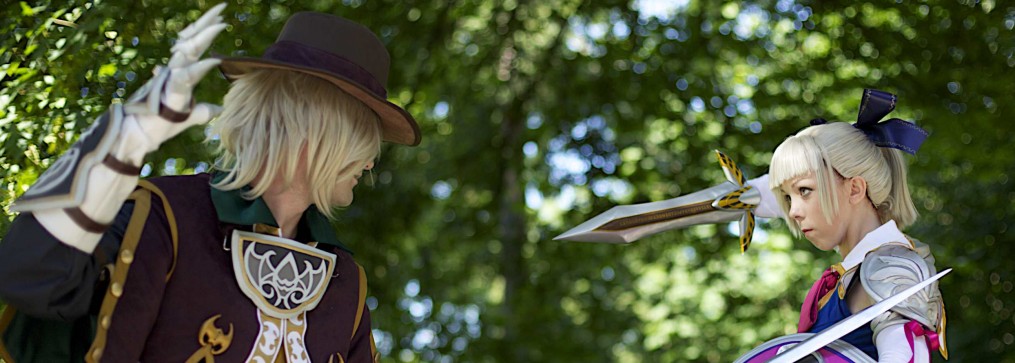Renaissance faires are an experience unlike any convention or gathering you have ever been to. If it your first time getting dressed up and participating in one, there are a some things to keep in mind:
1. Repair Kit
Make absolutely sure you take some sort of repair kit with you in case of a wardrobe malfunction (or tragedy). Duct tape, fashion tape, sewing kit, masking tape, and touch-up paint are the essentials for the dedicated cosplayer. Keep this in your car or hotel room whichever is more convenient.
2. Pockets
Women may find it more difficult to build into a cosplay than men but they are a must as they are really your best bet at not misplacing valuable things such as your wallet, car keys, cell phone, etc.
3. Costume/Prop Checklist
There is nothing worse than spending days, weeks even, on a cosplay and then finding you forgot the awesome hat, or piece of your fancy armor at home or at the faire. Make a list for yourself to ensure wherever you go, you have everything you intended to bring.
Another thing to include on the checklist is the time and address of the event. Misplacing a vital piece of your cosplay is bad, misplacing the location of the event, the worst.
4. Food and Drink
It’s easy to get caught up in the fun of the faire and they can get crowded, making it a pain to get out and get some food. If it’s particularly hot, water is essential, especially if you have a few layers to your costume. Pack a few granola bars or a packed lunch. Take onlyenough water to keep you hydrated but don’t overindulge Bathroom breaks can be a pain if you’re deep in a crowd or have clothes that make things difficult.
5. Paper/Cards and Writing Utensil
You never know what people you are going to meet at these events. Friends, photographers, bloggers, or potential business partners always appreciate it when you have readily exchangeable information and something to write with. Remember the goal is to have fun and meet new people at these events.
Today’s guest post is brought to you by Marie Sumner, who enjoys writing about entertainment and art. She owns more anime than she thinks appropriate to reveal to polite society. Recently, she started writing for Costume Super Center, which gives her an excuse to talk about renaissance costumes, comic conventions, and movies all day.






